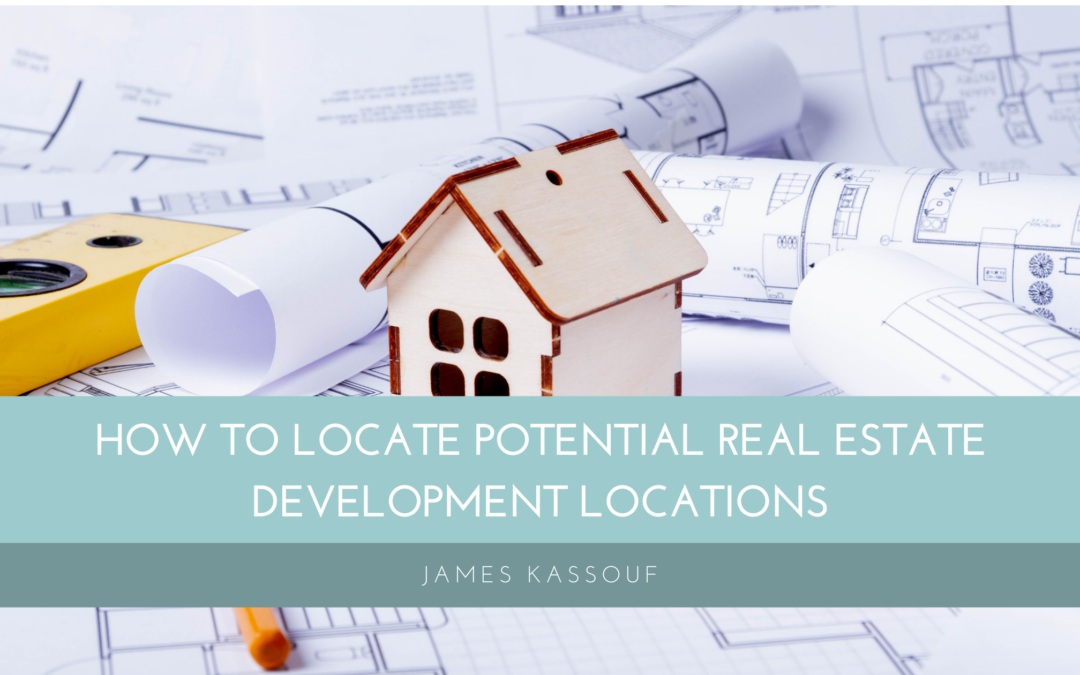Locating the ideal site for real estate development can be the difference between a successful project and a costly mistake. Whether you’re developing commercial, residential, or mixed-use properties, finding the right location involves research, market analysis, and a deep understanding of the target area’s economic and demographic trends. Here’s a step-by-step guide to help you locate potential real estate development locations.
- Understand Market Demand
Before exploring specific locations, you must understand the market’s demands. Conducting a thorough market analysis helps you identify areas where development is needed. Look for cities or neighborhoods experiencing population growth, job creation, or business expansion. Areas with increasing demand for housing, office space, retail centers, or industrial parks will likely present solid opportunities. By identifying these trends early, you can position your development to meet an existing or growing need.
- Study Zoning and Land Use Regulations
Zoning and land use regulations dictate what can and cannot be built in specific areas. Understanding these regulations is crucial for any real estate developer. Review the zoning codes of potential areas to determine if they align with your project’s goals. Some areas may already be zoned for the type of development you’re planning, while others might require rezoning or special permits, which can delay or complicate the process. Working with local municipalities and land use planners early on will help avoid unexpected roadblocks.
- Evaluate Transportation and Accessibility
For any real estate development project to be successful, it needs to be easily accessible. Potential buyers, tenants, or businesses will want proximity to major roads, public transportation, and other infrastructure. Properties near highways, transit lines, airports, and shipping routes often provide a competitive advantage. Additionally, consider foot traffic for retail developments and how transportation options affect residential or office spaces.
- Assess Community Amenities and Infrastructure
A successful real estate development must cater to the lifestyle needs of its occupants or users. Look for locations near schools, hospitals, parks, shopping centers, and entertainment venues. For commercial developments, nearby businesses can increase the value and desirability of the property. Furthermore, evaluating the existing infrastructure, such as utilities and roadways, can help you understand the necessary improvements and estimate associated costs.
- Analyze Local Economic Indicators
Economic health is a critical factor when choosing a location. Pay attention to local employment rates, median income, and the presence of essential industries. Cities with strong, diverse economies are more likely to sustain long-term growth and development. Additionally, consider government initiatives or incentives to attract development, such as tax breaks, grants, or zoning modifications.
By following these steps, you can identify promising locations aligning with market needs and development goals, increasing your chances of a successful and profitable project.

